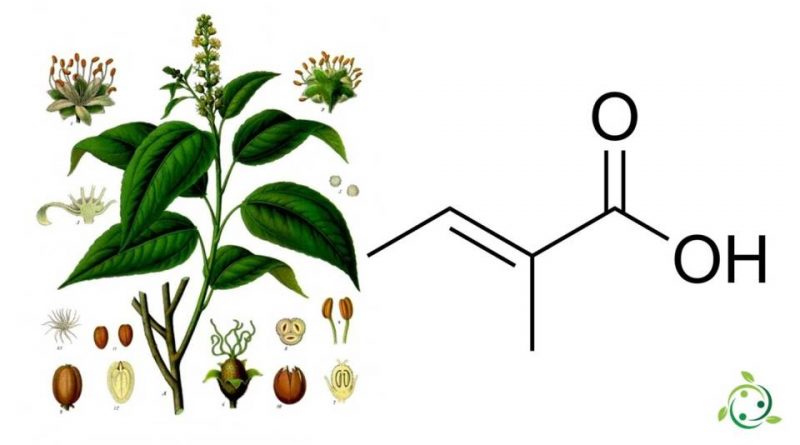Tiglic acid
Tiglic acid
Tiglic acid, whose term in the official IUPAC nomenclature is: (2E) -2-methylbut-2-enoic acid is an unsaturated organic monocarboxylic acid with a brute or molecular formula: C5H8O2.
Tiglic acid is a volatile and crystallizable substance with a sweet, warm and spicy smell.
Tiglic acid is found in many natural products including croton oil which is an oil obtained from the seeds of Croton (Croton tiglium L. 1753).
Furthermore, tiglic acid has also been isolated from the defensive secretion produced by some beetles.
Tiglic acid has a double bond between the second and third carbon in the chain. Tiglic acid and angelic acid form a pair of cis-trans isomers.
Tiglic acid is used in the production of perfumes and flavoring agents. The salts and esters of tiglic acid are called tiglates.
Tiglic acid is irritating to the skin and eyes. Inhalation of the substance causes irritation of the respiratory tract.
Tiglic acid was prepared in 1870 by Geuther and Fröhlich starting from croton oil to which they gave the name of tiglic acid (or tiglinic acid) due to its origin precisely from Croton tiglium.
Warning: The information shown is not medical advice and may not be accurate. The contents are for illustrative purposes only and do not replace medical advice.

